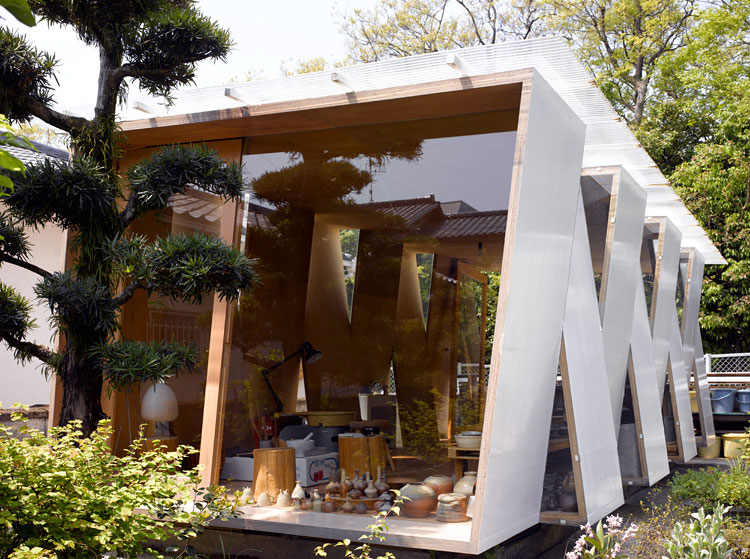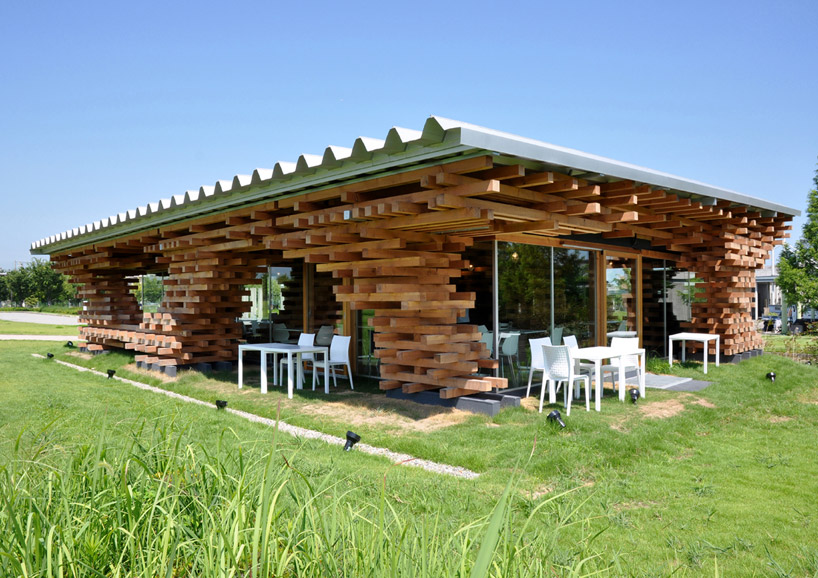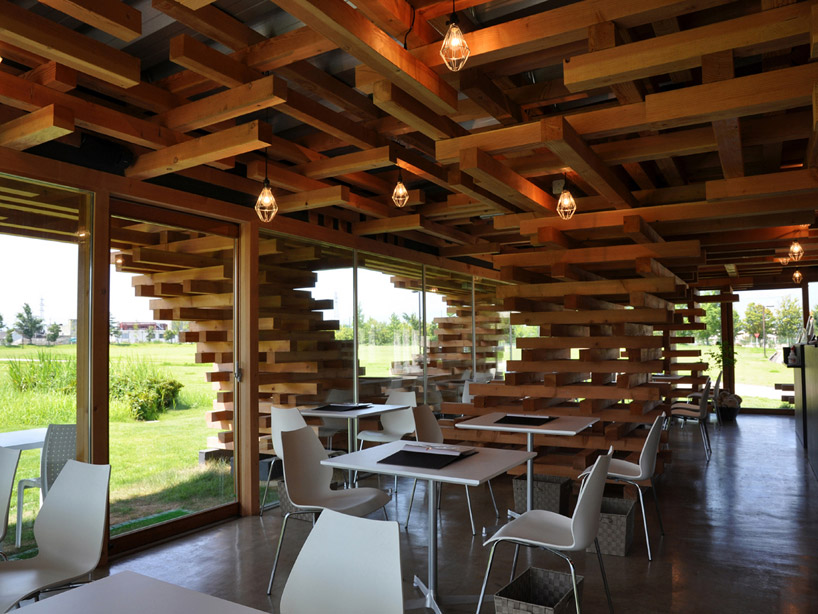Japanese Architecture and Interior design have long valued the relationship between inside and outside, naturalness and artificiality, simplicity and flexibility.
Wa No Ie (Ring House) by TNA
Tado Ando said "Architectural details are not just matters of technical treatment or arrangement. In designing, one always returns to that starting point. Within that cycle, one must consider the relationship between the whole and the parts and between materials and forms".Wood is the elementally material of Japanese architecture. Buildings in Japan had to be connected with nature and blended well in the environment. Japanese thought that they were a part of the nature and aimed to be more in harmony with it. They were also acknowledged with inventing minimalist design. Compared to the Western designers who have tried to make their structures captivating by adding unnecessary designs and choosing strong resistant stone to overpower nature to produce monumental and towering structures. Japanese designers focused on making their designs ideal and mysterious. But I'm not saying that western designers are not good ha, magagaling sila. I will make separate entry na lang to feature western architecture characteristics. But for now Japanese muna, kasi fan talaga ako ng Japanese architecture hehe. Here are some Japanese designs that caught my attention and some of the them were designed by my favorite Japanese architects. ENJOY! :))
Wa No Ie (Ring House) by TNA
XXXX by Mount Fuji Architects Studio - Yaizu, Japan (2003)
Serpentine Gallery by Toyo Ito. He is a Japanese Architect known for creating conceptual architecture, in which he seeks to simultaneously express the physical and virtual worlds. He has been called "one of the world's most innovative and influential architects.
TOD'S Omotesando by Toyo Ito
Church of Light by Tadao Ando in Osaka, Japan. The minimalist architect, Tadao Ando creates buildings in which water, wind, light and concrete will blend to perfection. He always uses glass and concrete and he says that light has a decisive role in all of his designs. But Tadao Ando still doesn't forget the fundamental material of Japan's architecture, which is wood. He still used wood to some of his works.
The Modern Art Museum by Tadao Ando
Wooden Roof Cave, Japanese Restaurant by Koichi Takasa Architects. Designs by Takada Architects are unique and innovative that show inspiration from the processes of nature, as well as from contemporary urban culture.
Sushi Train Restaurant Interior by Koichi Takada Architects.
Cafe Kureon by Kengo Kuma + Associates. Kuma's stated goal is to "recover the tradition of tradition of Japanese buildings". His architectural buildings was inspired of light and nature.
Bamboo House by Kengo Kuma + Associates
Centre Pompidou-Metz by Shigeru Ban, Jean De Gastines and Philip Gumuchdjian
Photos Source: Google.com


















